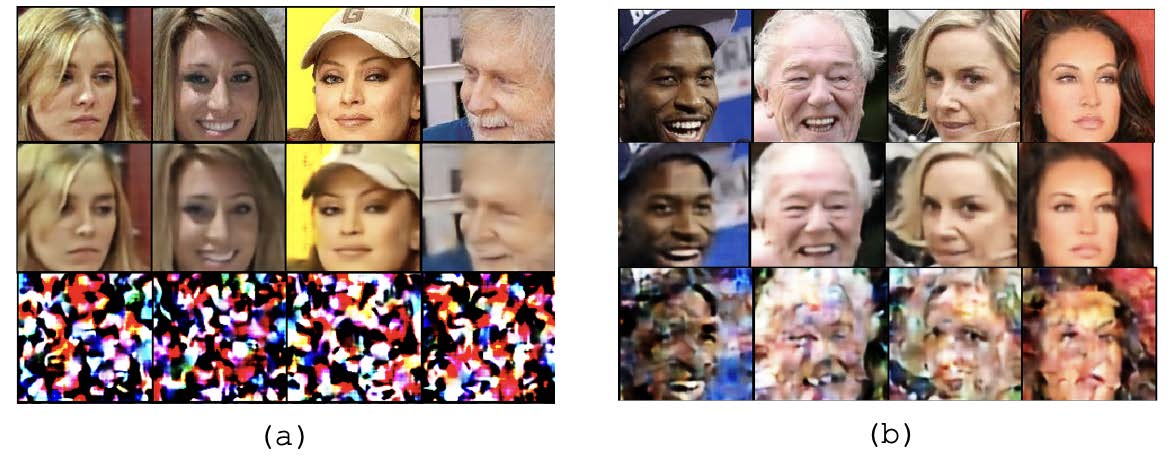Joint Source Channel Coding using Attention-Based Variational Autoencoder
Useful Links
Project Overview
In this paper, we present two examples of data-driven solutions to the problem of joint source channel coding (JSCC). The first example uses images as messages, and the second uses textual data. We consider two types of channels: binary erasure channel (BEC) and additive white Gaussian noise (AWGN). We propose a novel adjustment to the current vector quantized variational autoencoder (VQ-VAE) that utilizes attention to make codeword assignments and showcases its performance over a method presented using soft assignments. The second example enhances the results of a recent paper by using the transformer model as proposed by Vaswani with cross-entropy loss function. Comparisons are made to standard source/channel coding techniques such as Huffman/Turbo coding demonstrating the efficacy of our proposed model.
Incorporating an attention-based protocol lets the model learn which codewords are potentially more beneficial and also allows for gradient computation in automatic differentiation, which is “skipped” in VQ-VAEs. We also did a soft assignment of nearest codewords by keeping the method of calculating distances between the messages and the encodings. However, we removed the arg min and replaced it with a negated softmax. We believe this is a novel application to VQ-VAEs.
Results
Image Date
Experiments were conducted on the CelebA dataset. Refer to the report for a complete analysis.

(a) VQ-VAE soft assignments trained with no noise. (b) VQ-VAE attentive assignments trained with no noise. Row 1: original images, row 2: reconstructed images from VQ-VAE, row 3: reconstructed images from VQ-VAE with AWGN $\sigma^{(a)}$ = 0.01, $\sigma^{(b)}$ = 0.1, $\mu$ = 0.
Text Data
TODO